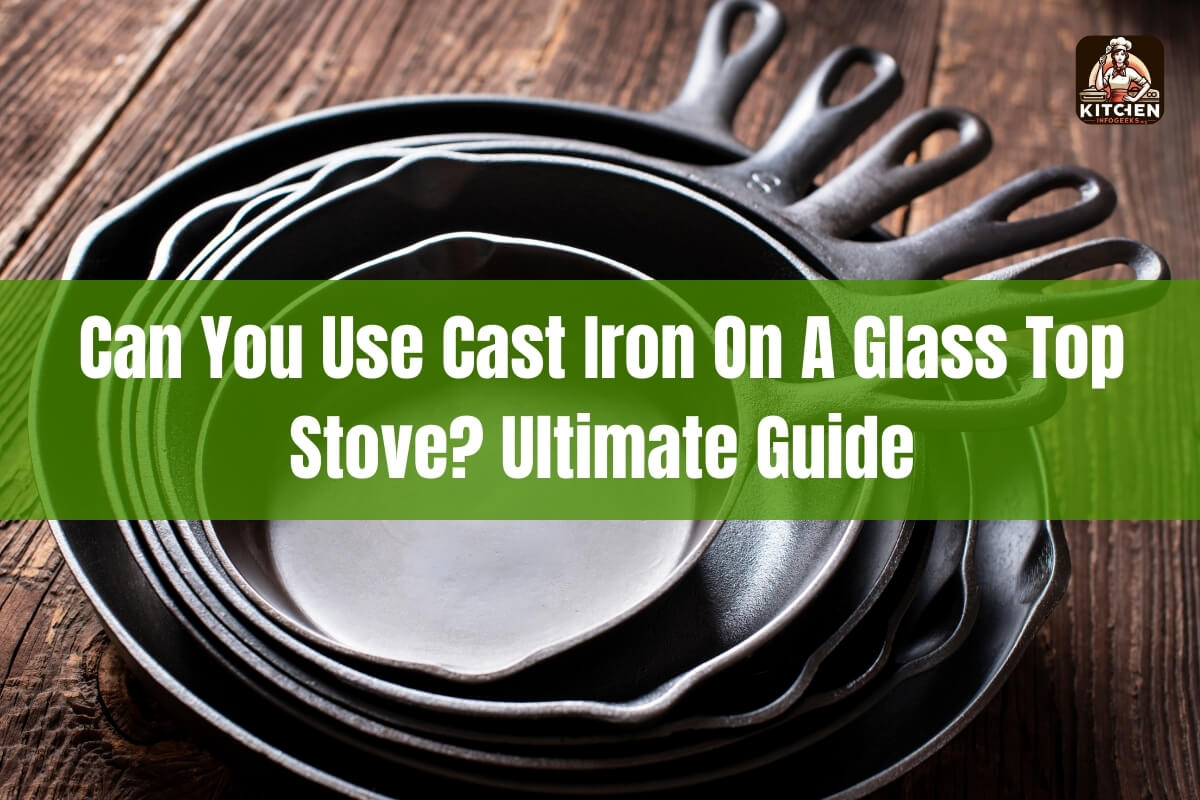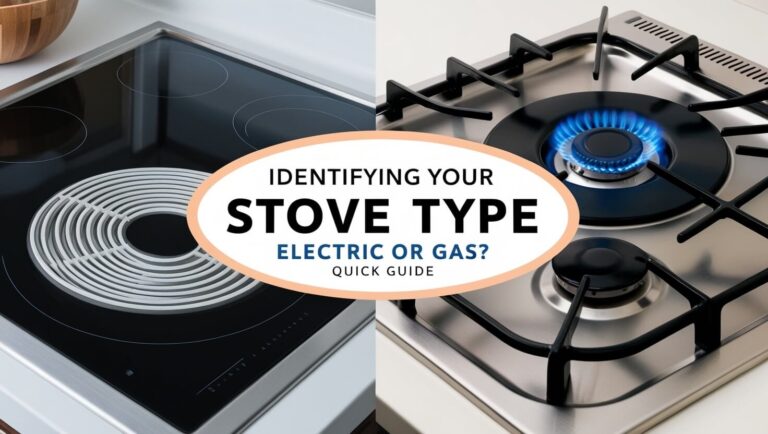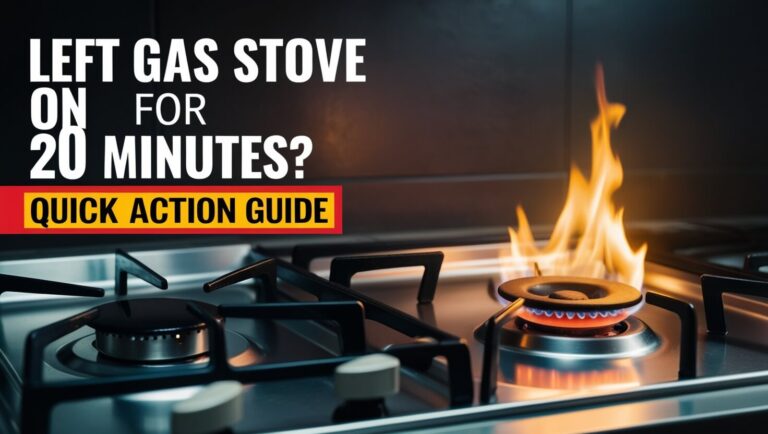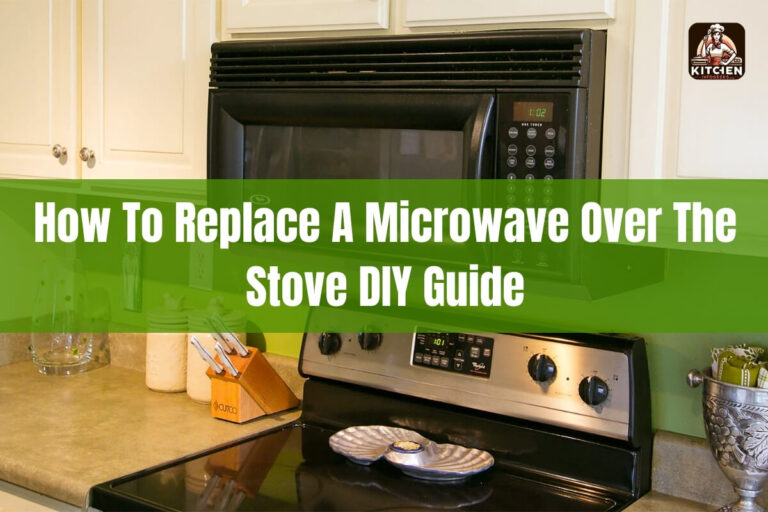
Are you a fan of cast iron cookware but worried about using it on your glass top stove? You’re not alone! Many home cooks share this concern, as cast iron is heavy and can potentially scratch or crack the delicate glass surface. However, the good news is that with proper care and handling, you can safely use cast iron pans and pots on a glass top stove.
In this comprehensive guide, we’ll dive deep into the topic, exploring the unique properties of cast iron, the pros and cons of using it on glass cooktops, best practices for safe usage, specific considerations for induction cooktops, and even some alternative cookware options. By the end, you’ll have a clear understanding of how to enjoy the benefits of cast iron while protecting your glass stove top.
What Makes Cast Iron Unique for Stovetop Cooking?
Cast iron cookware has been a kitchen staple for centuries, and for good reason. One of its standout features is its exceptional heat retention and distribution properties. Unlike other materials like aluminum or stainless steel, cast iron heats evenly and maintains that heat for an extended period, making it ideal for searing, frying, and slow cooking.
Another unique aspect of cast iron is its ability to develop a natural non-stick surface through a process called seasoning. As you cook with cast iron over time, a patina forms, creating a slick coating that helps prevent food from sticking. This eliminates the need for harsh chemical coatings or excessive oil.
Cast iron’s durability and longevity are also noteworthy. With proper care, these pans can last for generations, making them a cost-effective and sustainable choice for your kitchen. Additionally, their superior searing capabilities allow you to achieve that coveted, flavorful crust on meats, vegetables, and other ingredients.
The Pros and Cons of Using Cast Iron on Glass Stovetops
Like most things in life, using cast iron on a glass top stove has both advantages and potential drawbacks. Let’s explore them in more detail.
Advantages
- Even Heat Distribution and Retention: As mentioned earlier, cast iron’s ability to distribute and retain heat evenly is unmatched, making it an excellent choice for glass cooktops, which can sometimes struggle with hot spots or uneven heating.
- Versatility: Cast iron cookware can seamlessly transition from the stovetop to the oven, grill, or even over an open flame, allowing for a wide range of cooking techniques and recipes.
- Cost-Effective: Compared to many other premium cookware options, high-quality cast iron pans and pots are relatively affordable, especially when factoring in their longevity.
Potential Disadvantages
- Weight and Potential for Damage: The heft of cast iron can pose a risk of cracking or scratching the glass surface if not handled carefully.
- Rough Surfaces: Some cast iron cookware, especially older or poorly maintained pieces, may have rough or uneven surfaces that can scratch the glass.
- Longer Preheat Times: Due to its density, cast iron takes longer to heat up compared to other materials, which can be an inconvenience for some cooking tasks.
- Potential for Staining: If not properly seasoned or cleaned, the cast iron’s surface can transfer residue or discoloration to the glass cooktop.
Best Practices for Safely Using Cast Iron on Glass Cooktops
While there are some potential drawbacks to using cast iron on glass stovetops, following these best practices can help mitigate the risks and ensure a safe and enjoyable cooking experience.
Cleaning and Preparation
- Thoroughly Clean the Cast Iron Before Use: Remove any food debris, rust, or rough spots that could scratch the glass surface. Use a stiff brush or chainmail scrubber if needed.
- Check for Burrs, Cracks, or Rough Spots: Inspect your cast iron cookware for any imperfections or damage that could potentially harm the glass. If found, it’s best to avoid using that particular piece on a glass cooktop.
- Dry the Cast Iron Completely: Moisture trapped between the pan and the glass can lead to staining or discoloration. Ensure your cast iron is completely dry before placing it on the stove.
Proper Handling
- Gently Place, Don’t Drop or Drag: Cast iron is heavy, so be gentle when setting it down on the glass surface. Avoid dropping or dragging the pan, as this can cause cracks or scratches.
- Lift to Reposition, Don’t Slide: If you need to adjust the positioning of your cast iron pan, lift it carefully and place it back down in the desired location. Sliding the pan across the glass can leave scratches.
- Use Utensils for Stirring or Tossing: Instead of shaking or tossing the contents of the pan directly on the glass surface, use utensils like spoons or tongs to move the food around.
- Remove Promptly After Cooking: Don’t leave the hot cast iron pan sitting on the glass cooktop for an extended period, as this can lead to staining or discoloration. Transfer it to a heat-safe surface or trivet as soon as you’re done cooking.
Temperature Adjustments
- Allow Extra Time for Preheating: Cast iron takes longer to heat up than other materials, so factor in additional preheating time to ensure even cooking.
- Reduce Heat Sooner Due to Heat Retention: Once your cast iron pan is hot, you may need to reduce the heat sooner than usual, as the pan will continue to retain and distribute heat efficiently.
- Consider Using a Heat Diffuser: A heat diffuser is a flat, heat-safe surface that can be placed between the cast iron and the glass cooktop, helping to distribute heat more evenly and protect the glass from direct contact with the pan.
Are Some Cast Iron Pans Better Than Others for Glass Tops?
While most high-quality cast iron cookware can be used on glass cooktops with the proper precautions, some types may be better suited than others. For example, enameled cast iron, which has a smooth, non-stick coating, is less likely to scratch or damage the glass surface compared to traditional, unseasoned cast iron.
Additionally, it’s generally best to avoid using very old or heavily damaged cast iron pans on glass cooktops, as they may have rougher surfaces or imperfections that could cause scratches or cracks.
Can You Use Cast Iron on Induction Cooktops?
Induction cooktops use electromagnetic fields to heat cookware directly, rather than relying on radiant heat from a heated surface. This technology requires cookware to be made of a magnetic material, such as cast iron.
So, the good news is that cast iron cookware is perfectly compatible with induction cooktops. In fact, many consider cast iron to be an ideal choice for induction cooking due to its even heat distribution and retention properties.
However, it’s still important to follow the same precautions for handling and cleaning as you would with a glass cooktop to prevent scratches or damage.
Cleaning and Caring for Glass Cooktops
To ensure the longevity of your glass cooktop and maintain its pristine appearance, it’s essential to clean it regularly and properly. Here are some tips:
- Use Soft, Non-Abrasive Materials: Avoid using harsh scrubbing pads, steel wool, or abrasive cleaners, as these can scratch the glass surface. Instead, opt for soft cloths, paper towels, or non-scratch scrub pads.
- Clean Up Spills Promptly: Don’t let spills or splatters sit on the cooktop for too long, as they can become baked on and more difficult to remove. Wipe up messes as soon as the surface has cooled down.
- Follow Manufacturer’s Instructions: Each glass cooktop may have specific cleaning recommendations or approved cleaning products from the manufacturer. Refer to your owner’s manual for guidance.
- Consider Using a Glass Cooktop Cleaner: There are various specialized cleaners designed specifically for glass cooktops that can help remove stubborn stains and residue without damaging the surface.
Cast Iron Alternatives for Glass Cooktops
While cast iron is a versatile and popular choice for glass cooktops, it’s not the only option available. Here are some alternative cookware materials to consider, each with their own pros and cons:
- Stainless Steel: Durable, easy to clean, and compatible with glass cooktops. However, it may not distribute heat as evenly as cast iron.
- Aluminum: Lightweight and an excellent heat conductor, but can be prone to scratching and may react with acidic foods.
- Anodized Aluminum: This type of aluminum cookware is treated with an electrochemical process that makes the surface harder and more durable. It is less likely to scratch or react with acidic foods compared to regular aluminum. However, it may not have the same heat distribution capabilities as cast iron.
- Copper: Copper pans are excellent heat conductors and can heat up quickly and evenly. However, they are more expensive than other options and require more maintenance to prevent discoloration or tarnishing. Copper is also a relatively soft metal, so it can be prone to dents or scratches.
- Carbon Steel: While not as common in home kitchens, carbon steel cookware shares some similarities with cast iron. It is durable, can be seasoned to create a non-stick surface, and distributes heat evenly. However, carbon steel is lighter than cast iron and may not have the same heat retention properties.
It’s worth noting that while some of these alternatives may be easier to handle or maintain on a glass cooktop, they may not offer the same level of even heat distribution and retention as cast iron. Additionally, many home cooks appreciate the unique flavors and cooking experience that cast iron provides, which can be difficult to replicate with other materials.
Ultimately, the choice of cookware will depend on your cooking preferences, budget, and how much you value the specific properties of cast iron. With proper care and handling, cast iron can be a safe and long-lasting choice for glass cooktops, but these alternatives are worth considering if you prefer their respective benefits.






